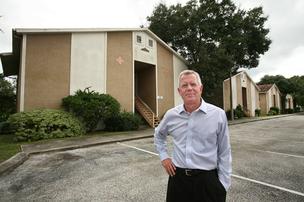Resident Retention
Better Communication
Reducing turnover (and loss of revenue) requires multiple factors working together in harmony, such as a great location, beautiful homes and amenities, and a maintenance crew that is always on point. But perhaps most importantly, the relationship that renters build with the onsite staff can make or break a lease renewal. Fortunately for onsite staff, […]













